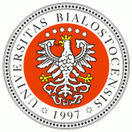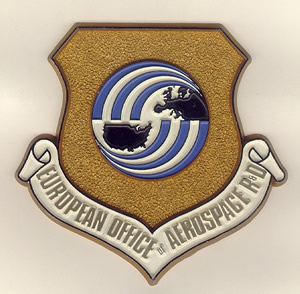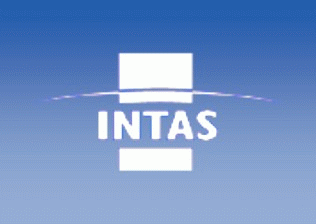Sponsors:



 |
|
Organized by
the Institute of Experimental Physics, University of Bialystok
Alfred Leitenstorfer, Germany
Femtosecond lasers and ultrabroadband terahertz technology
Alfred Leitenstorfer
University of Konstanz, Department of Physics, D-78457 Konstanz, Germany
email: aleitens@uni-konstanz.de, internet: www.uni-konstanz.de/quantum-electronics
-
Fundamental interaction mechanisms in condensed matter frequently occur on femtosecond (1 fs = 10-15 sec) time scales. Consequently, ultrafast spectroscopy has become the method of choice for a wide range of investigations on correlated many-particle systems. This lecture provides an overview of two basic ingredients for ultrafast experiments: femtosecond lasers [1] and ultrabroadband terahertz (1 THz = 1012 Hz) technology [2].
The femtosecond Ti:sapphire laser oscillator is explained first. The principles of mode locking and dispersion compensation are introduced. Ti:sapphire oscillators provide pulse durations as short as 5 fs at a pulse energy in the order of 10 nJ, a wavelength around 800 nm and a repetition rate in the order of 100 MHz [3]. The major advantage of these devices is their excellent stability and low noise performance which enables extremely sensitive measurements.
In many situations, larger pulse energies as those available from oscillators are mandatory. Special techniques for nonlinear-optical frequency conversion and experiments on extremely highly excited matter call for pulses in the sub-mJ to mJ range. To this end, single pulses from an oscillator have to be amplified at a kHz to MHz rate. As a special example from our group, a Ti:sapphire amplifier delivering 12 fs pulses of an energy as high as 200 nJ at a repetition rate up to 4 MHz is presented [4].
Such extremely stable few-femtosecond sources enable generation of ultrashort pulses covering the entire far and mid infrared spectral regions. The electric field amplitude and absolute phase of these multi-terahertz transients may be directly measured with a resolution far better than a single cycle of light [5]. This technology represents an attractive new tool to investigate the dynamics of low-energy excitations such as molecular vibrations, as well as phonons, plasmons, intraband-transitions, magnons and superconducting gaps in solids and nanostructures. Recent advances to generate phase stable pulses in the mid infrared [6] and to detect electric field transients with frequency components beyond 100 THz [7] will be outlined.
[1] For an overview, see J.-C. Diels and W. Rudolph: Ultrashort Laser Pulse Phenomena (Academic Press, San Diego, 1996).
[2] For an overview, see K. Sakai (ed.): Terahertz Optoelectronics
(Springer Topics in Applied Physics, Vol. 97, 2005).
[3] U. Morgner et al., Opt. Lett. 24, 411 (1999).
[4] R. Huber et al., Opt. Lett. 28, 2118 (2003).
[5] A. Leitenstorfer et al., Appl. Phys. Lett. 74, 1516 (1999).
[6] R. Huber et al., Appl. Phys. Lett. 76, 3191 (2000).
[7] C. Kübler et al., Appl. Phys. Lett. 85, 3360 (2004).
|
|
|